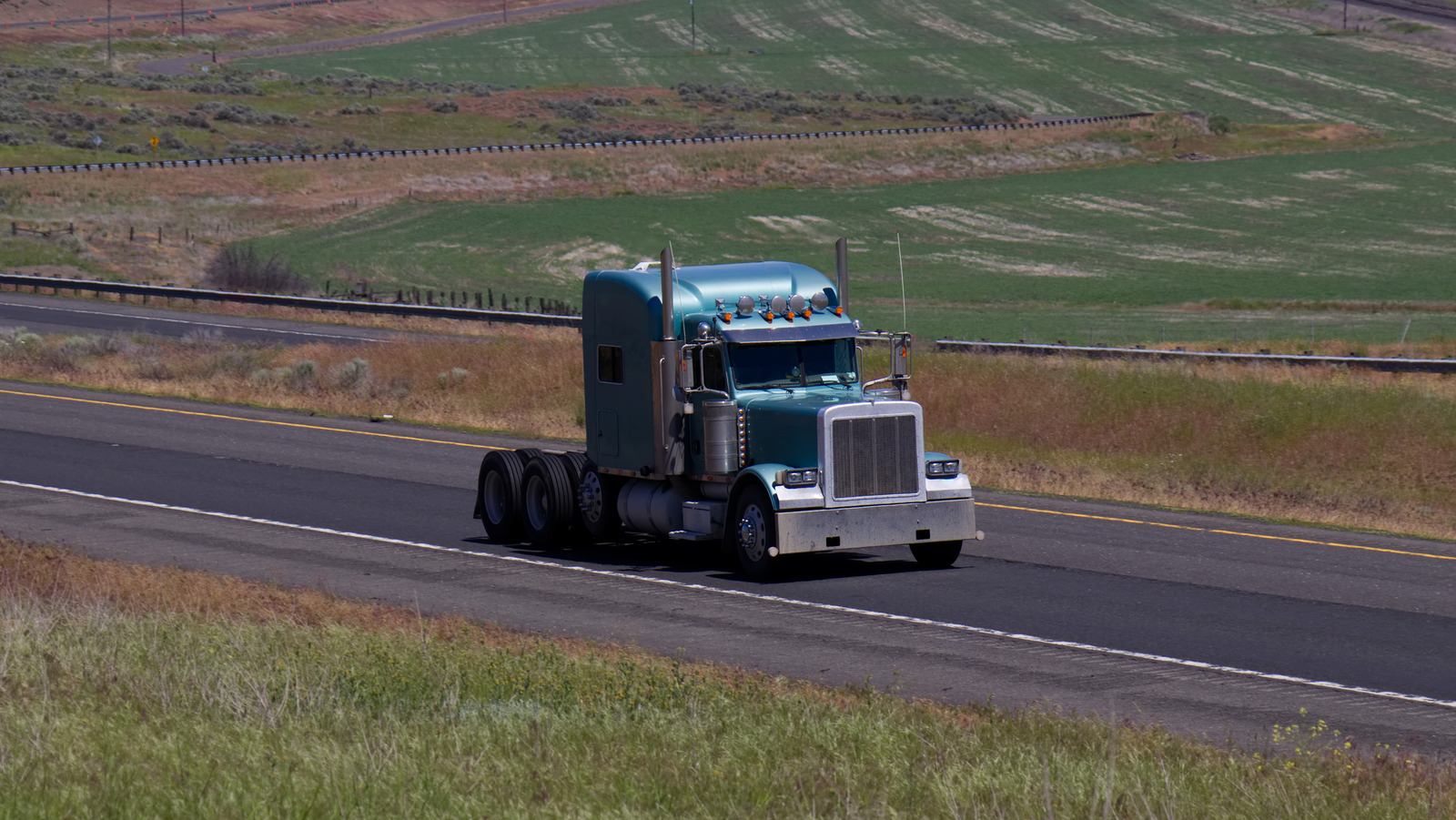
Driving a semi without a trailer means the front wheels are more load-bearing and could make the truck more challenging to steer. Moreover, a bobtail truck can accelerate faster than a loaded semi, exacerbating the steering issue at higher speeds. With less weight on the rear wheels, a bobtail truck has less frictional force, which can make the truck skid when tackling corners or sharp curves.
In addition, braking is more challenging in a bobtail truck. The rear wheels provide most of the braking power in a semi. Without any load in the rear, braking power is weaker than with a loaded trailer, and pressing hard on the brake pedal (such as in an emergency) could make the rear wheels seize and affect the truck’s stability under braking.
With all the inherent risks, driving a bobtail truck on icy, snowy, or wet roads is incredibly challenging, not to mention coping with a bumpy ride due to the absence of any load-bearing weight in the rear. Truckers could drive a bobtail after unloading or when picking up a trailer, but the preferred choice is to hit the road with a loaded trailer to make the truck more stable and earn healthy profits.










